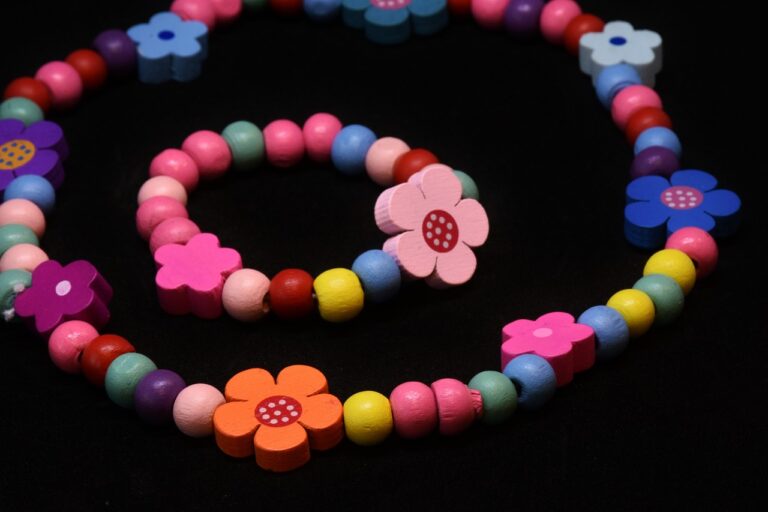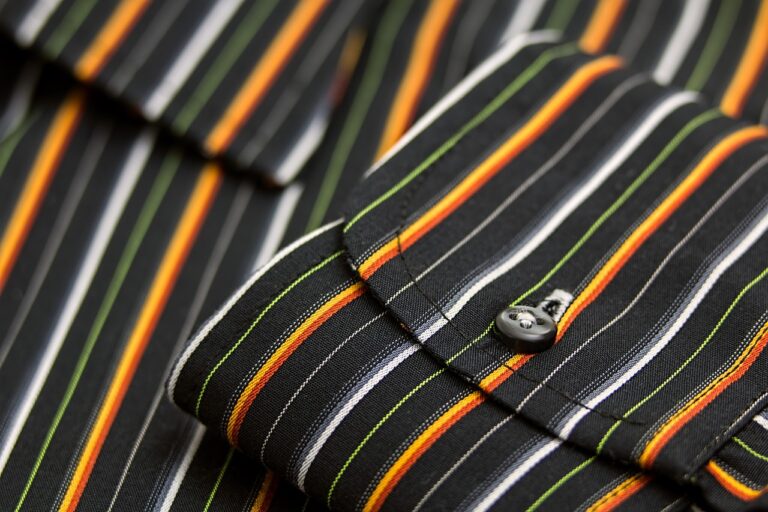Fashion Icons Through the Decades: Timeless Style Lessons from History
The Roaring Twenties marked a significant shift in women’s fashion, as the iconic flapper style emerged as a symbol of liberation and rebellion against traditional societal norms. Flappers rejected the constricting corsets and long, modest dresses of the past, opting instead for boyish silhouettes, dropped waists, and shorter hemlines that allowed for greater freedom of movement. This new style embodied the spirit of the era, characterized by youthful energy, hedonism, and a desire for change.
One of the most influential figures in shaping the fashion landscape of the 1920s was the legendary Coco Chanel. Known for her revolutionary designs that blended comfort, elegance, and simplicity, Chanel revolutionized women’s fashion by popularizing the concept of sporty, casual attire that was both chic and practical. Her iconic little black dress, use of jersey fabric, and introduction of costume jewelry as statement accessories became staple elements in the wardrobe of modern women, setting the stage for a new era of style and sophistication.
• The Roaring Twenties saw a shift towards flapper fashion, symbolizing liberation and rebellion
• Flappers embraced boyish silhouettes, dropped waists, and shorter hemlines for freedom of movement
• Coco Chanel was a key figure in shaping 1920s fashion with her elegant yet practical designs
• Chanel popularized sporty, casual attire that was both chic and comfortable
• The little black dress, jersey fabric, and costume jewelry were signature elements of Chanel’s style
The Golden Age of Hollywood: Glamour and Elegance with Audrey Hepburn and Grace Kelly
Audrey Hepburn and Grace Kelly epitomized glamour and elegance during the Golden Age of Hollywood. With their timeless beauty and impeccable sense of style, they became fashion icons that are still celebrated today. Hepburn’s iconic role in “Breakfast at Tiffany’s” cemented her status as a fashion trendsetter, popularizing the little black dress and oversized sunglasses. Kelly, known for her grace and poise, often adorned herself in classic, tailored silhouettes that exuded sophistication and class.
Their influence extended beyond the silver screen, shaping the fashion trends of the era and inspiring women around the world to emulate their polished and refined aesthetics. Hepburn’s collaboration with designer Hubert de Givenchy resulted in some of the most iconic looks in film history, while Kelly’s royal wedding dress became a symbol of elegance and grace. Together, Audrey Hepburn and Grace Kelly set the standard for Hollywood glamour, leaving a lasting legacy that continues to inspire fashion designers and fashion enthusiasts alike.
The Swinging Sixties: Mod Fashion and Twiggy’s Mini Skirts
The 1960s brought a wave of rebellious fashion that shook the traditional style norms. Mod fashion emerged as a symbol of youth rebellion and societal change, characterized by bold geometric patterns, bright colors, and futuristic silhouettes. This trend was epitomized by the iconic British model Twiggy, whose pixie haircut and doe-eyed gaze captured the essence of the swinging sixties.
Twiggy’s mini skirts revolutionized the way women dressed, challenging the conservative hemlines of previous decades. The ultra-short hemlines of mini skirts became a symbol of liberation and empowerment for women, allowing them to freely express their individuality and embrace their bodies. Twiggy’s influence extended beyond the runway, shaping the cultural landscape of the sixties and leaving a lasting impact on fashion trends for years to come.
What was the Mod fashion movement in the Swinging Sixties?
The Mod fashion movement in the Swinging Sixties was characterized by bold, colorful, and avant-garde clothing styles that rejected the traditional norms of fashion.
Who was Twiggy and how did she influence fashion in the Sixties?
Twiggy, also known as Lesley Lawson, was a British model and fashion icon known for her ultra-thin frame and iconic pixie haircut. She popularized the trend of mini skirts and helped define the Mod fashion look of the era.
What were some key elements of Mod fashion in the Swinging Sixties?
Key elements of Mod fashion in the Swinging Sixties included mini skirts, bold geometric patterns, bright colors, go-go boots, and shift dresses.
How did the Mod fashion movement differ from previous fashion trends?
The Mod fashion movement in the Swinging Sixties differed from previous fashion trends by embracing a more youthful and rebellious aesthetic, incorporating elements of modernism and futurism into its designs.
What other cultural influences contributed to the style of the Swinging Sixties?
Other cultural influences that contributed to the style of the Swinging Sixties included the rise of youth culture, the popularity of rock and roll music, and the social and political changes of the era.







